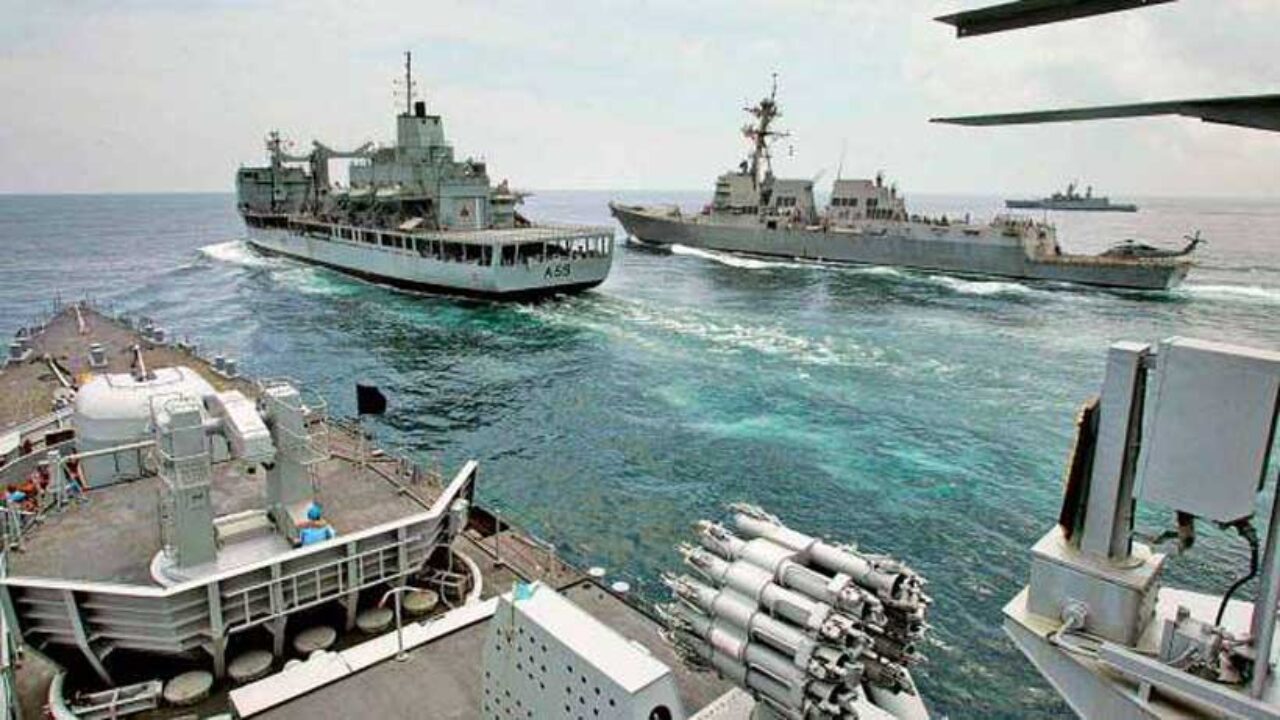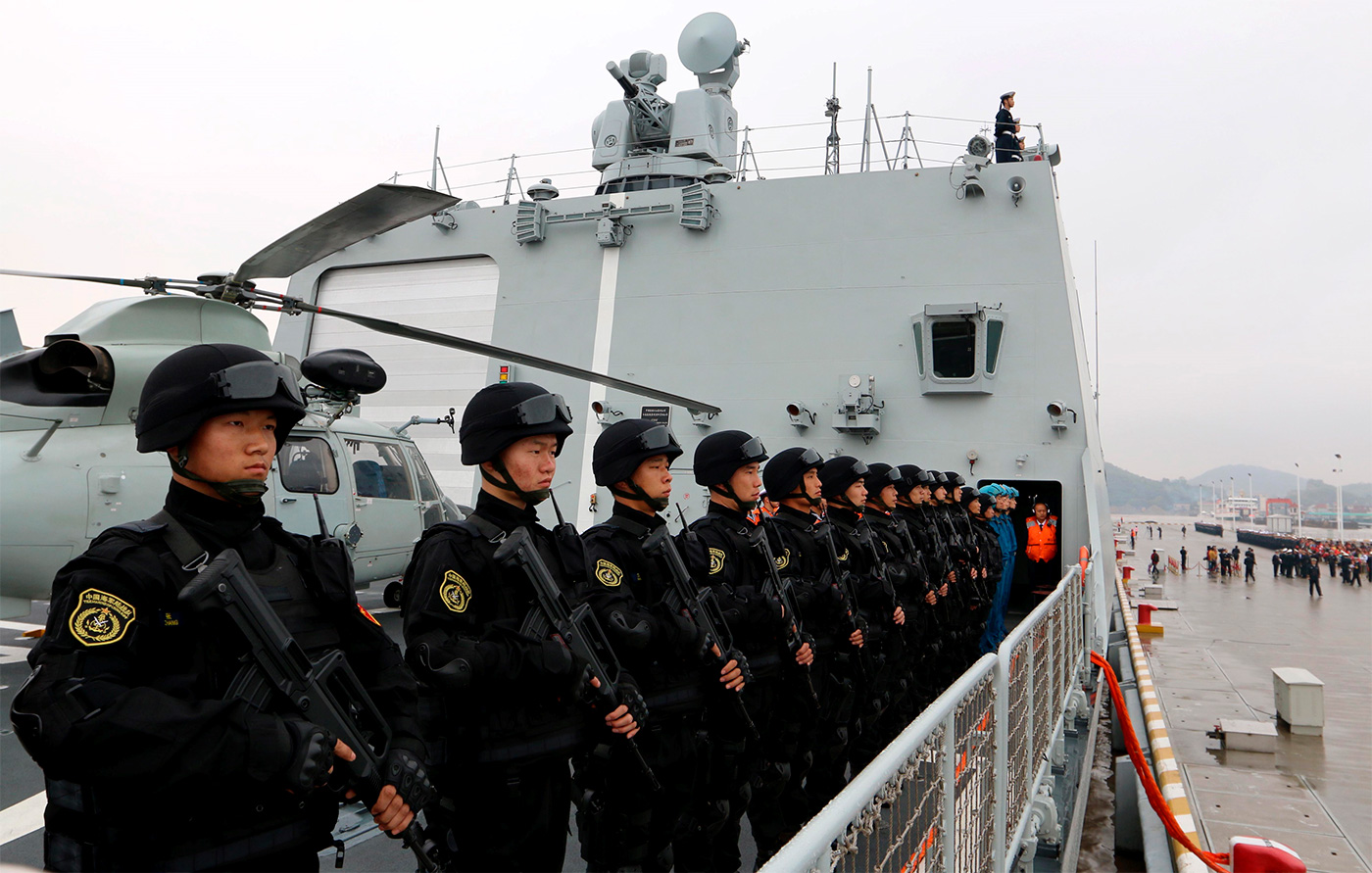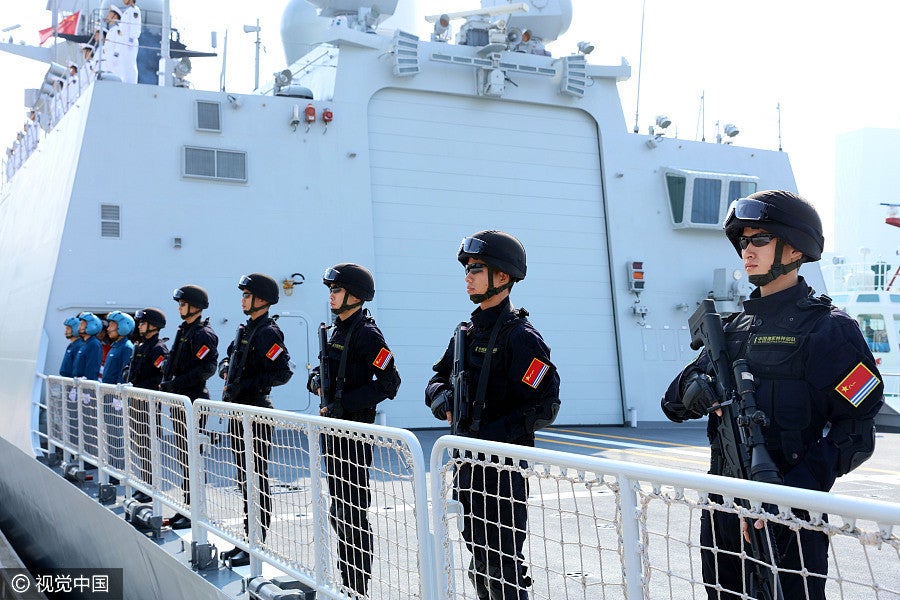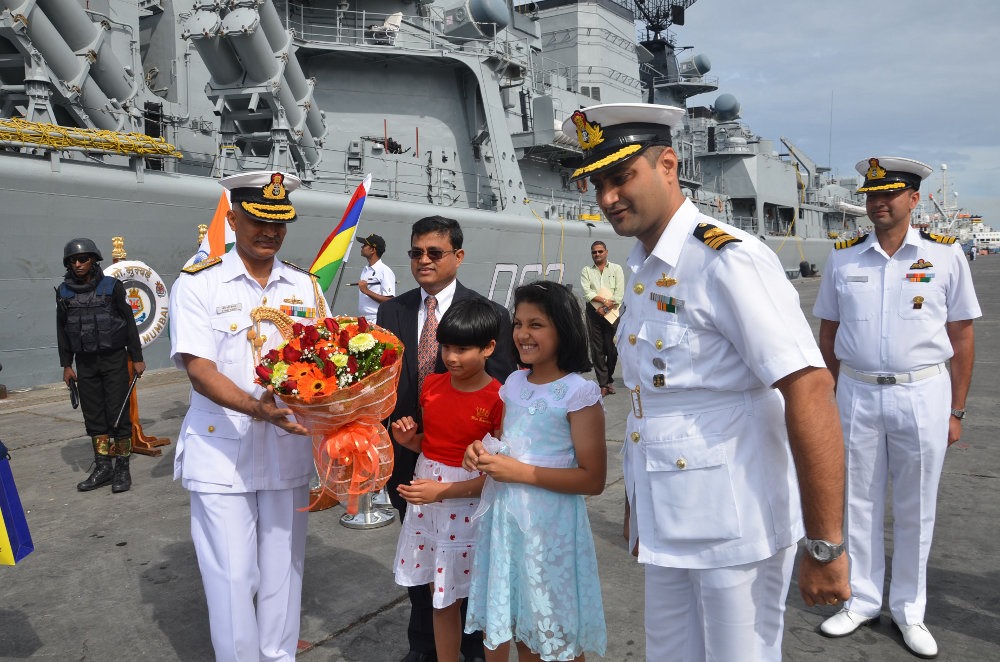As per sources, India has expanded its maritime (Indian Navy) presence into Oman and Mauritius, bolstering its monitoring capabilities in the Indian Ocean Region (IOR).
In collaboration with allies Oman and Mauritius, India has secured Port Duqm (Oman) and the Agalega Islands (Mauritius), enhancing its maritime domain awareness and coastal security efforts, particularly for Port Louis.
Thus, this is a significant move to enhance India’s maritime capabilities to establish a naval support base at Duqm port in Oman and to provide air support to its close ally Mauritius by setting up an air support facility in the northern Agalega Islands, located south of Seychelles.
These strategic initiatives are aimed at strengthening maritime domain awareness and coastal security for friendly nations in the Indian Ocean Region (IOR), especially in light of the growing presence of Beijing in the area.

While government authorities have maintained a veil of secrecy around these developments, insiders reveal that the facility at Duqm Port in Oman is already operational; it serves the purpose of maintaining, repairing, and overhauling Indian naval vessels, as well as offering berthing, fueling, and rest facilities to Indian Navy ships in the vicinity and those traversing beyond.
Similarly, India has constructed an airstrip on the northern Agalega Islands, situated approximately 1,050 kilometres north of Port Louis, Mauritius.
While reports suggest that the Mauritius government will open the facility to the public in December, the Indian Navy is preparing to deploy around 50 officers and personnel to manage the airstrip, which will be equipped to handle Boeing P-8I surveillance and anti-submarine warfare aircraft of the Indian Armed Forces.
Prime Minister Pravind Jugnath of Mauritius, who met with Prime Minister Narendra Modi on September 8 and was a special invitee to the G20 Summit in Delhi, has been closely involved in these developments.
The decision to establish support facilities in these two nations is, in part, a response to the increased activities of the People’s Liberation Army (PLA) Navy in the Indian Ocean Region.
National security planners estimate that the PLA Navy Carrier Strike Forces are expected to patrol the IOR by 2025-26, as the PLA continues to rapidly expand its already formidable surface and subsurface naval assets.
ANZS.jpeg)
According to data from South Block, the number of Chinese vessels operating in the IOR has been steadily increasing, with as many as 24 Chinese ships entering the Indian Ocean in 2023 alone.
These vessels include PLA Navy ships, satellite and ballistic missile tracking ships, as well as scientific research and surveillance vessels.
In 2019, there were 29 such ships, and this number grew to 43 by 2022 and on average, there have been around six PLA Navy assets in the IOR each month this year, according to South Block data.
Since 2019, there have been 48 surveillance and scientific research vessels deployed in the IOR, primarily in the Bay of Bengal, South Indian Ocean, north of Agalega Islands, and the Persian Gulf.
Additionally, the Anti-Piracy Escort Force (APEF) and Task Force 172 have been observed operating off the eastern coast of Africa, in close proximity to the Chinese naval base in Djibouti; additionally, a 45th APEF is expected to enter the IOR in the near future.

Highlighting the growing concern, a Chinese surveillance ship, Shi Yan 6, is scheduled to enter the IOR on September 23 to engage in joint military scientific research within the Sri Lankan Exclusive Economic Zone (EEZ) during October and November 2023.
Since 2019, no fewer than 33 ballistic missile and space tracking ships of the Yuan Wang class have been deployed in the IOR, with these ships being monitored off the coast of Australia and the East Coast of Africa.
With the increasing number of Chinese ships and warships transiting through the Malacca Strait, Sunda Strait, Lombok Strait, and Ombi-Wetar Strait in Indonesia, India faces the dual imperative of monitoring PLA activities in its vicinity and providing coastal and maritime security to its key allies in the Persian Gulf and the South Indian Ocean, according to experts and analysts.

China, A Threat To India
In the midst of India’s strategic initiatives to bolster its presence and maritime security in the Indian Ocean Region (IOR), the specter of China’s expanding footprint continues to cast a significant shadow over the geopolitical dynamics of the region.
China’s naval ambitions in the IOR have been a subject of growing concern for India and its allies.
Beijing’s assertive moves, including the establishment of military bases and the regular deployment of its naval assets, signal its intent to extend its influence far beyond its immediate shores.
The presence of Chinese naval vessels and research ships in the Indian Ocean not only raises questions about freedom of navigation but also underlines the economic and geopolitical significance of this vital maritime corridor.
China’s expanding presence in the IOR is not limited to military operations alone; Its Belt and Road Initiative (BRI) projects, including the China-Pakistan Economic Corridor (CPEC) and the Hambantota Port in Sri Lanka, have further solidified its strategic interests in the region.
These projects have been met with mixed reactions from IOR countries, with some viewing them as economic opportunities and others as potential debt traps.

For India, the urgency to counterbalance China’s influence in the IOR is apparent.
In addition to the maritime support base in Oman and Mauritious, India is actively engaged in strengthening maritime cooperation with a range of nations, from Japan to Australia, under the framework of the Quad (Quadrilateral Security Dialogue).
This regional security partnership seeks to uphold a free and open Indo-Pacific, emphasizing the importance of international law and peaceful resolution of disputes.
India’s efforts to secure its maritime interests in the IOR are not just defensive but also include proactive initiatives to build capacity among its regional partners; this includes assistance in infrastructure development, capacity-building, and joint naval exercises.
India’s focus on building stronger ties with nations in the IOR is an indication of its commitment to ensuring peace and stability in the region.
As China continues to flex its naval muscles and expand its influence in the Indian Ocean, the region remains a critical arena for the strategic competition between India and China.
The Last Bit, As India extends its maritime reach and China continues to broaden its footprint in the Indian Ocean Region, the strategic balance in this vital maritime corridor remains in flux.
The coming years will likely witness further developments, both in terms of infrastructure and military posturing, as these two Asian giants navigate their interests in the IOR.
